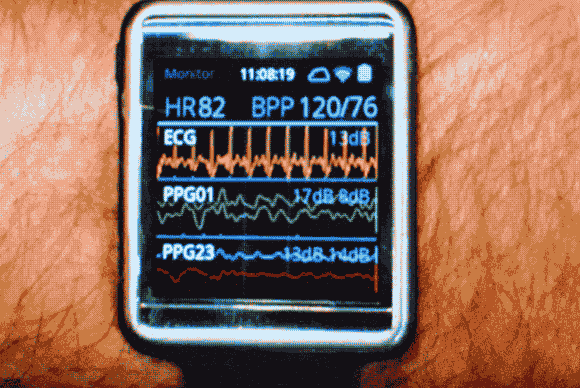Over the past ten years, wearable technology has paved the way for innovations in tracking fitness, sleep disturbance and making communication devices more accessible and easier to manage. Everything from FitBits to the iWatch have harnessed the possibilities that technology in contact with the body brings.
In terms of personal health, wearable technologies have already become popular within the fitness industry amongst both sport enthusiasts and people interested in starting the fitness journey. The technology allows individuals to track a wide range of information such as breathing, heart rate, calories burned and steps taken. This information is then stored and a variety of applications are available to harness the data collected and present it in a user-friendly way – usually through charts or graphs.
The ability to collect, store and display this information is very exciting for the healthcare industry, as it provides a way for everybody to see their own health in numbers and simple diagrams, whilst also allowing an individual’s health to be monitored continuously and over a long period of time. This means different things for different areas of medicine and healthcare;
Impact of Wearable technologies on healthcare industry.
GPs
During a visit to a GP, the doctor has an average of five minutes to asses a patient’s wellbeing, capture the patient’s information and diagnose the issue. An issue facing many GPs is their ability to only see patient information at the time of the appointment. With wearable technology, the GP is not only able to access the data which currently takes several minutes and different pieces of equipment to record, but also the data patterns recorded at other times during the patient’s life and day-to-day activity. This will allow for better, more efficient and more precise diagnoses and a more accurate portrayal of a patient’s overall health.
Chronic Illnesses
Long-term and ongoing illnesses can be hard to monitor without forcing the patient to spend large amounts of time in hospitals, which is unnecessary and impedes the patient’s quality of life dramatically. With the evolution of wearable technology, the future for chronic patients is set to improve. With the technology available to create applications which receive and collect patient data in real time, doctors will soon be able to monitor their long-term patients on an on-going basis and save patients from visiting the office or hospital numerous times per week or month.
Disease and Illness Prevention
The ability to track, collect and visualise patient data will mean that both doctors and patients alike will have access to the ongoing workings of their body and will be able to identify patterns and issues related to the development of common afflictions such a heart disease, breathing difficulties and muscle deterioration.
Mental Health
Whilst not currently available to the general public, wearable technologies are allowing doctors and research groups to better understand mental illnesses and learning difficulties. As the wearables allow scientists to monitor patients from a distance, allowing for a more natural and organic set of results. This could mean that the healthcare industry will soon have a wider knowledge of how mental illnesses manifest and the triggers affecting patients the most, which could lead to more efficient and accurate diagnoses and treatments.
The infographic below, created by flexible technology provider, FlexEnable, gives some very interesting data about how wearable technologies are set to affect the healthcare industry and improve the experience of patients overall.

